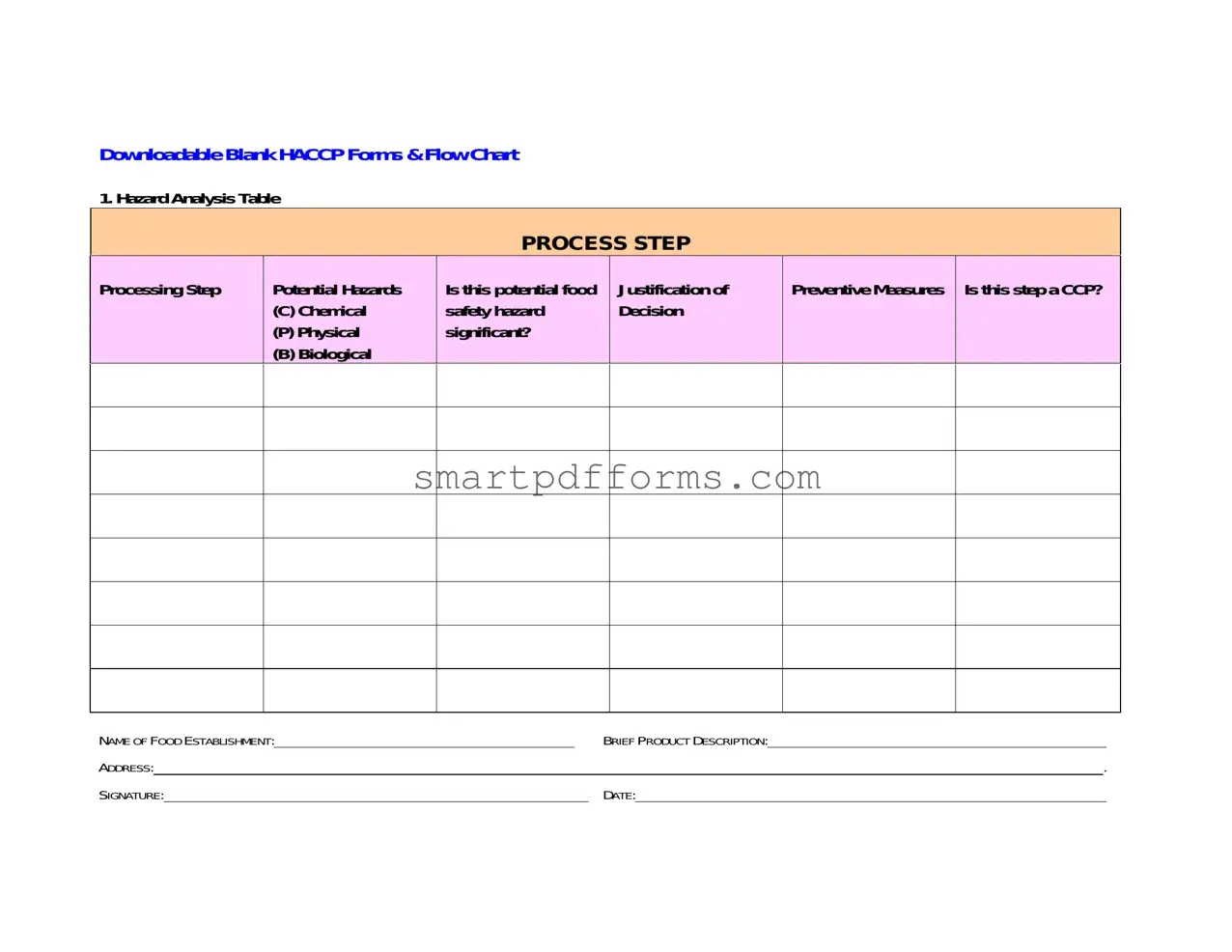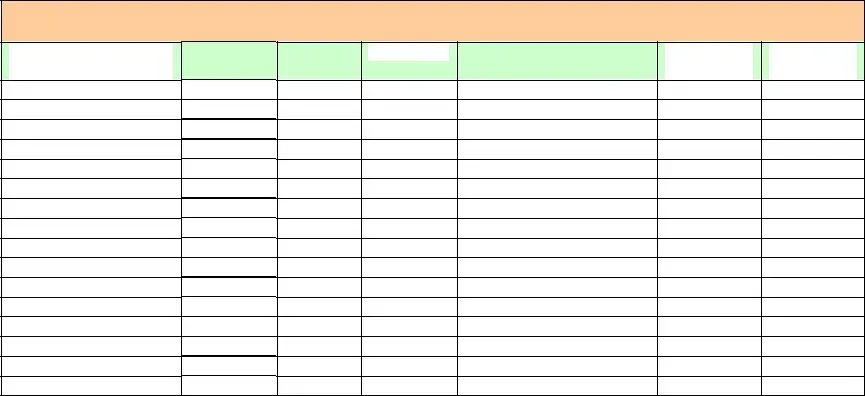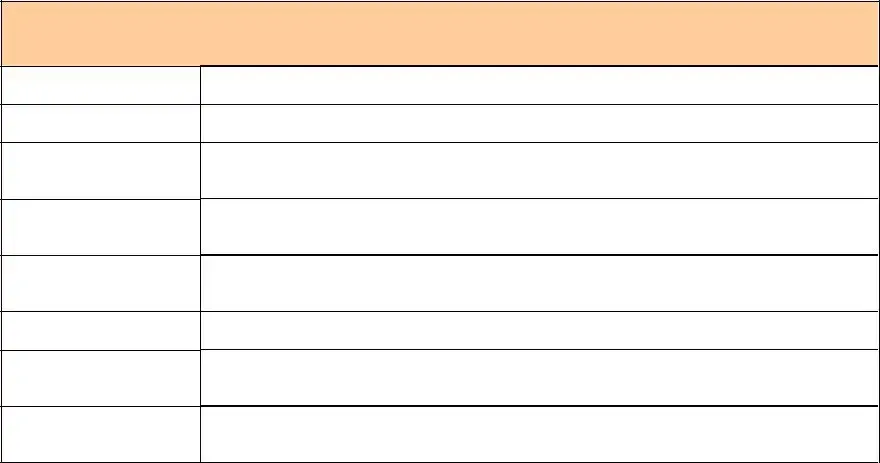In the realm of food safety management, the HACCP (Hazard Analysis and Critical Control Points) form plays a pivotal role in ensuring that food establishments maintain high standards of food safety and hygiene. This comprehensive document comprises several sections, each designed to guide food establishments through the process of analyzing and monitoring critical points in their operation that may pose a risk to food safety. At the heart of the HACCP form is the Hazard Analysis Table, which helps in identifying potential chemical, physical, and biological hazards at various processing steps and determining their significance. It further provides a structured approach to documenting justifications for decisions made, preventive measures, and whether a step is considered a Critical Control Point (CCP). Alongside, the form includes a ROP (Reduced Oxygen Packaging) HACCP Plan Summary, which outlines critical limits for each control measure, monitoring procedures, and corrective actions. To ensure the accuracy of temperature controls, the Refrigeration/Freezer Log, and Thermometer Calibration Log are integral components, capturing critical temperature readings, calibration details, and corrective measures taken to address deviations. Additionally, the Corrective Action Log allows for detailed recording of any deviations from set standards, the causes behind these deviations, and the measures taken to prevent their recurrence. Together, these elements underscore the importance of vigilance and consistent record-keeping in maintaining food safety, making the HACCP form a vital tool for all food establishments committed to upholding the highest standards of food safety.










